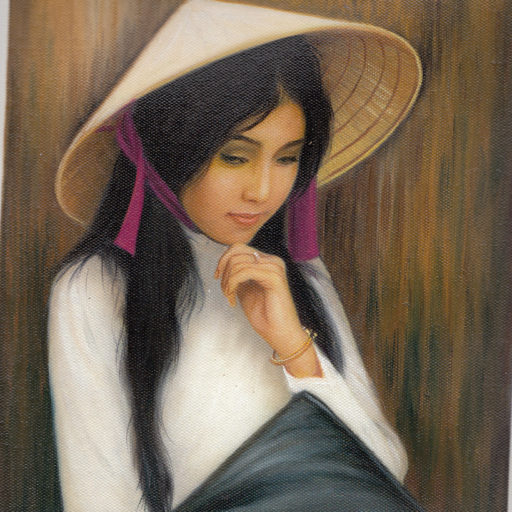Japanese Tradition: An Endangered Species ?
In the busy modern lifestyles that most Japanese lead, few are able to find time in their day for old fashioned Japanese customs and traditions.
Only a lucky few have the time and money to pursue traditional cultural activities such as tea ceremony, calligraphy, or flower arrangement.
When a national holiday rolls around, too, many people are so glad simply to get a day off of work that they often take little heed of what day they are supposedly celebrating.
Unlike many other countries, patriotic holidays like Constitution Day or the Emperor’s Birthday are not celebrated in a big way.
And yet, at certain important moments in their lives, all Japanese find a strong desire to turn to tradition. In naming a child for instance,
in addition to choosing a nice-sounding name or one with a good meaning, the number of strokes in the Chinese characters id given careful consideration in order to ensure good fortune.
Similarly when deciding on a wedding day, families pay close attention to Buddhist notions of auspicious and inauspicious days.
Funeral rites and ceremonies for honoring the dead also follow time-honored customs.
Another tradition associated with the dead is the summer Bon Festival, or Festival of Souls.
At night, people in traditional summer garments gather and dance to the special music of the festival(bon odori), or head out to enjoy fireworks displays.
And since this is the time most people visit their ancestors’ graves, it is also traditionally a time for telling ghost stories.
Of course, the tradition that virtually everyone observes in New Year’s. On New Year’s Eve,
most people either head out in the chilly air to ring out the year at a local temple or stay at home to watch the big annual singing competition on TV.
Once the new year arrives, most everyone finds time to visit a local shrine to make wishes for the new year.
In addition to the Coming-of-Age Day and graduation ceremonies, New Year’s provides another opportunity for woman to dress up in a kimono.
Around this time of year, too one is likely to see local residents pounding rice into rice cakes with a giant mallet the old fashioned way.
Traditional Japanese food is eaten, as well : special noodles on New Year’s Eve and a variety of preserved foods in stacked lacquer boxes during the first few days of the year.
Of course, everyone looks forward to receiving New Year’s cards on January 1st.
And although electronic cards are gaining in popularity, the old fashioned postcard remains the preferred manner of sending a New Year’s greeting to friends and relatives- for now.
Some people lament how quickly and easily Japanese abandon cherished traditions. For the most part, the lives of most Japanese might not look so very different from those of people in developed nations of the West.
Yet even though traditions may not play much role in everyday life, deep in their hearts all Japanese people hold a strong affinity for the unique traditions that identify them as Japanese.
Part 4 .Japanese Tradition: An Endangered Species ?
 自己学習
自己学習
コメント